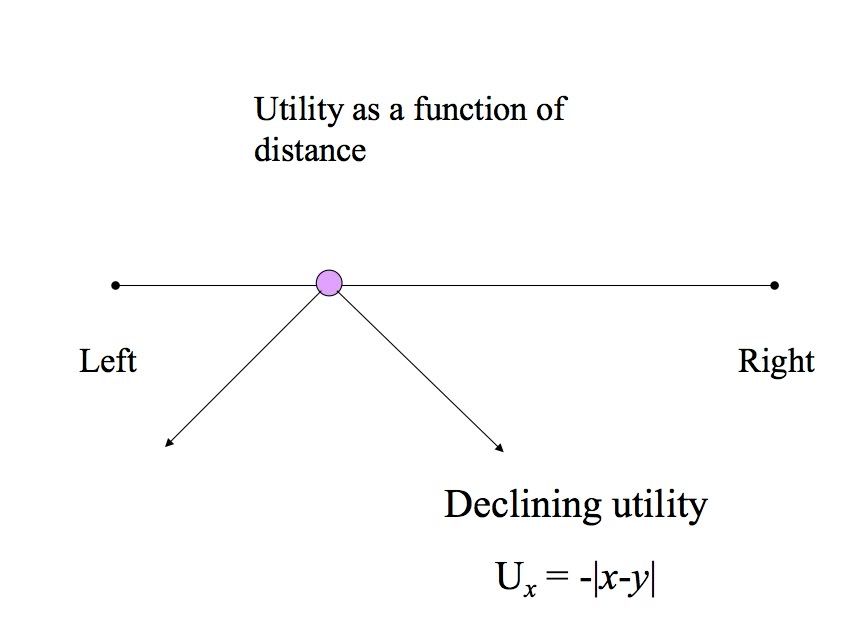Hi guys, I'm working on my strategy of politics essay right now, and I have to admit that I'm a bit stumped regarding the question's request to create a model.
Here is the question:
Quote:
Francis Hincks’ views on the double-majority majority are interesting. On one hand, Hincks, a long-serving minister and premier, had commented that the principle was “exceedingly desirable in practical politics, but quite absurd as a constitutional requirement.” On the other hand, when forced from government to opposition in 1844, Hincks wrote to Baldwin:
“You are, of course, aware of how strongly Lafontaine holds to the principle of the two majorities, and to the federal system as Wakefield calls it. I think this is quite absurd... Nevertheless, I would have no objections to see it [the double majority principle] tried. It is a do-nothing policy that would serve us...” (Longley 1943, 146).
Develop a one-dimensional spatial model that helps to explain why Hinck’s opposed the double-majority principle when he was in government and supported it when he was in opposition.
|
Now, this apparently also has to do with the political theory of the median voter as well.
The idea that I have for a one-dimensional spatial model is something like this:

I was just wondering if anyone could confirm that the model is in the correct direction, and if I should remember anything especially important regarding the situation and the median voter theorem.
Thanks!
 You are currently viewing our boards as a guest which gives you limited access to view most discussions and access our other features. By joining our free community you will have access to post topics, communicate privately with other members (PM), respond to polls, upload content and access many other special features. Registration is fast, simple and absolutely free so please, join our community today!
The banners on the left side and below do not show for registered users!
You are currently viewing our boards as a guest which gives you limited access to view most discussions and access our other features. By joining our free community you will have access to post topics, communicate privately with other members (PM), respond to polls, upload content and access many other special features. Registration is fast, simple and absolutely free so please, join our community today!
The banners on the left side and below do not show for registered users!



